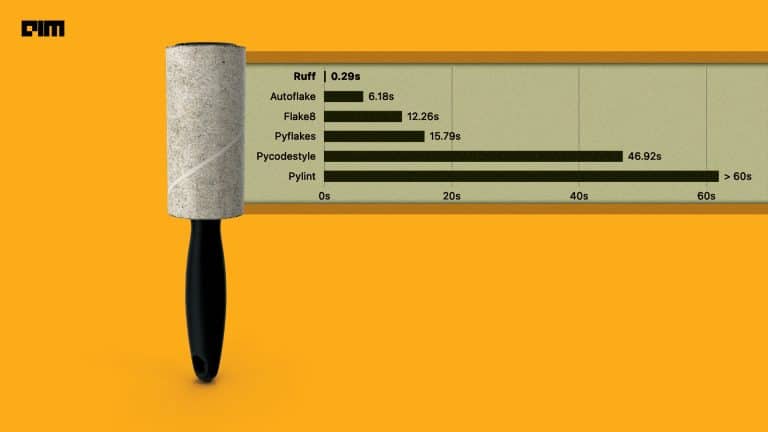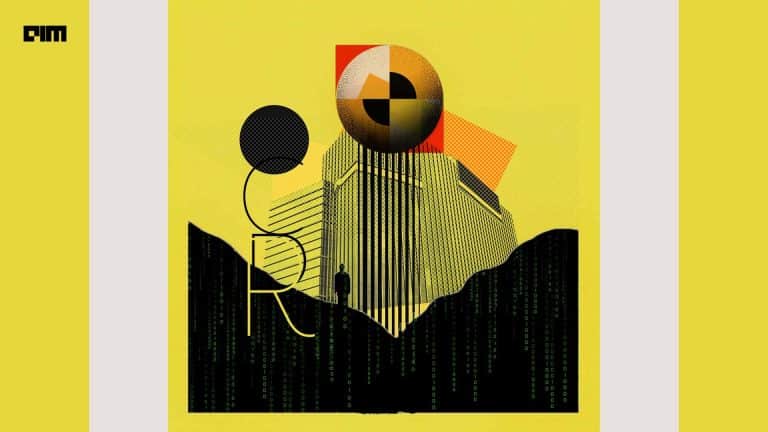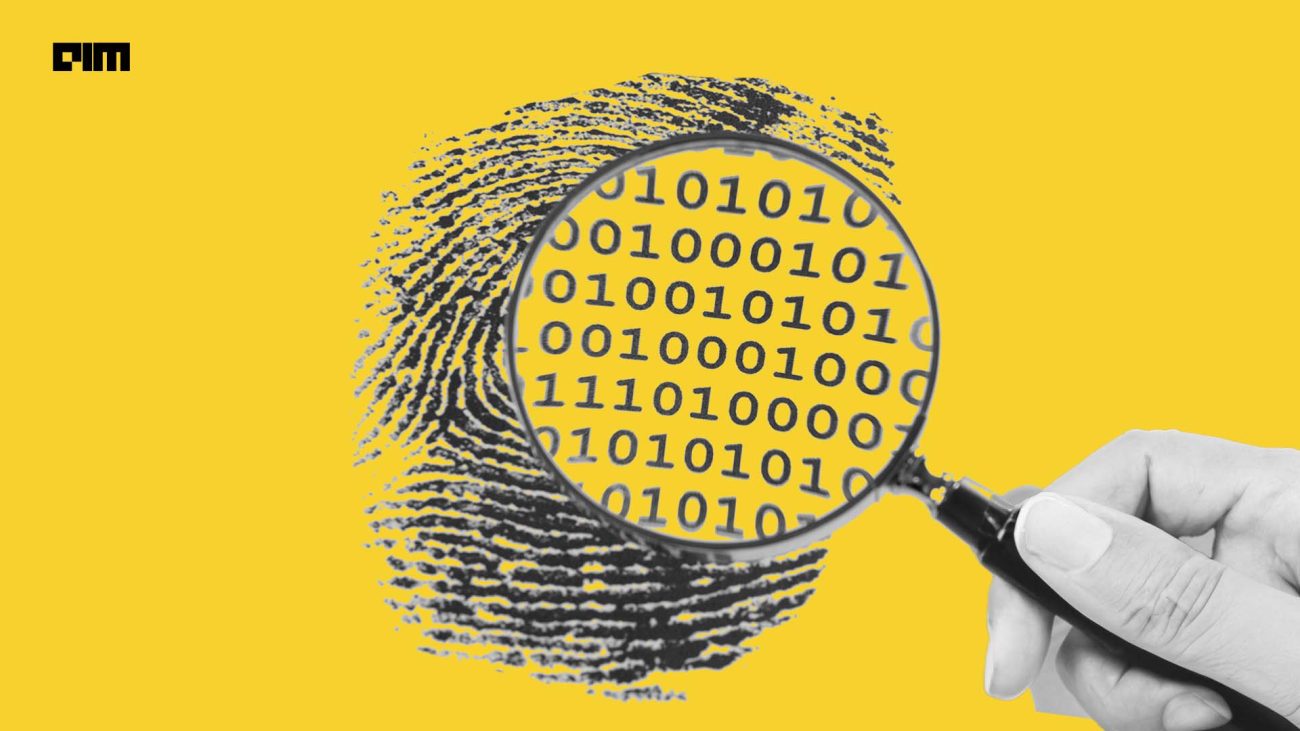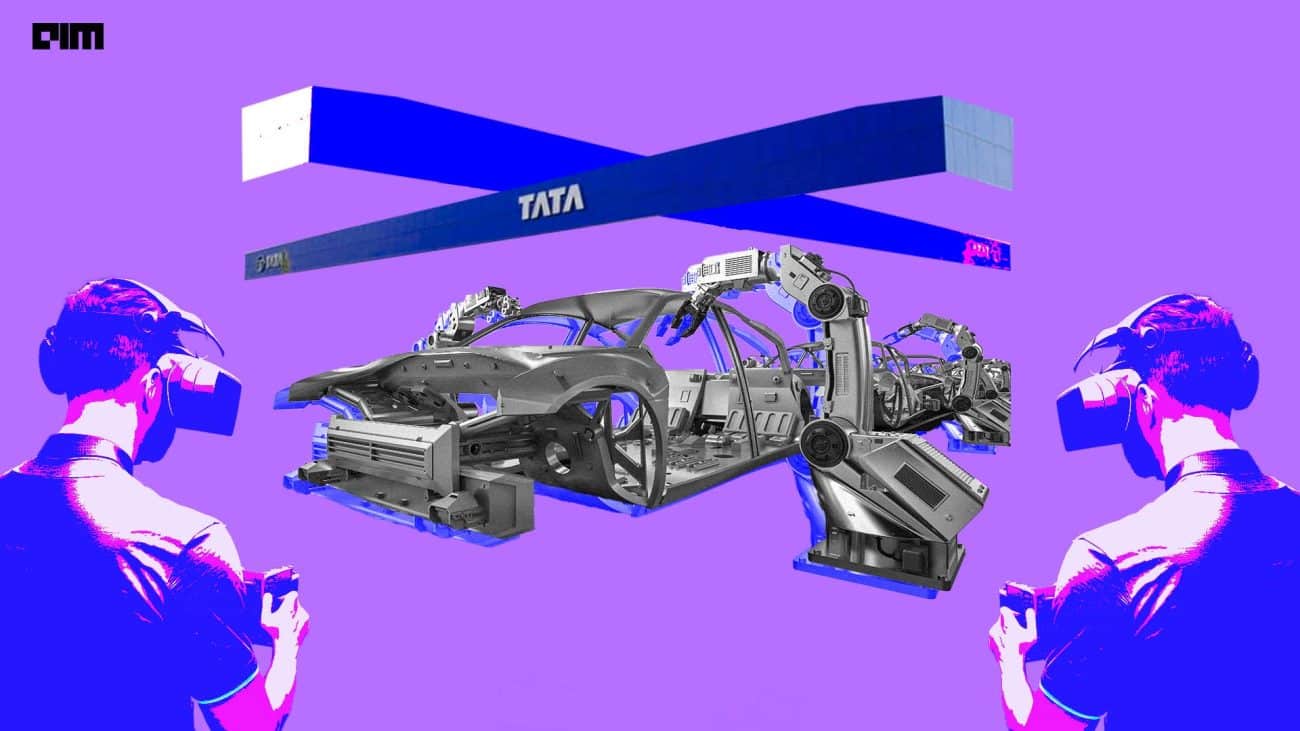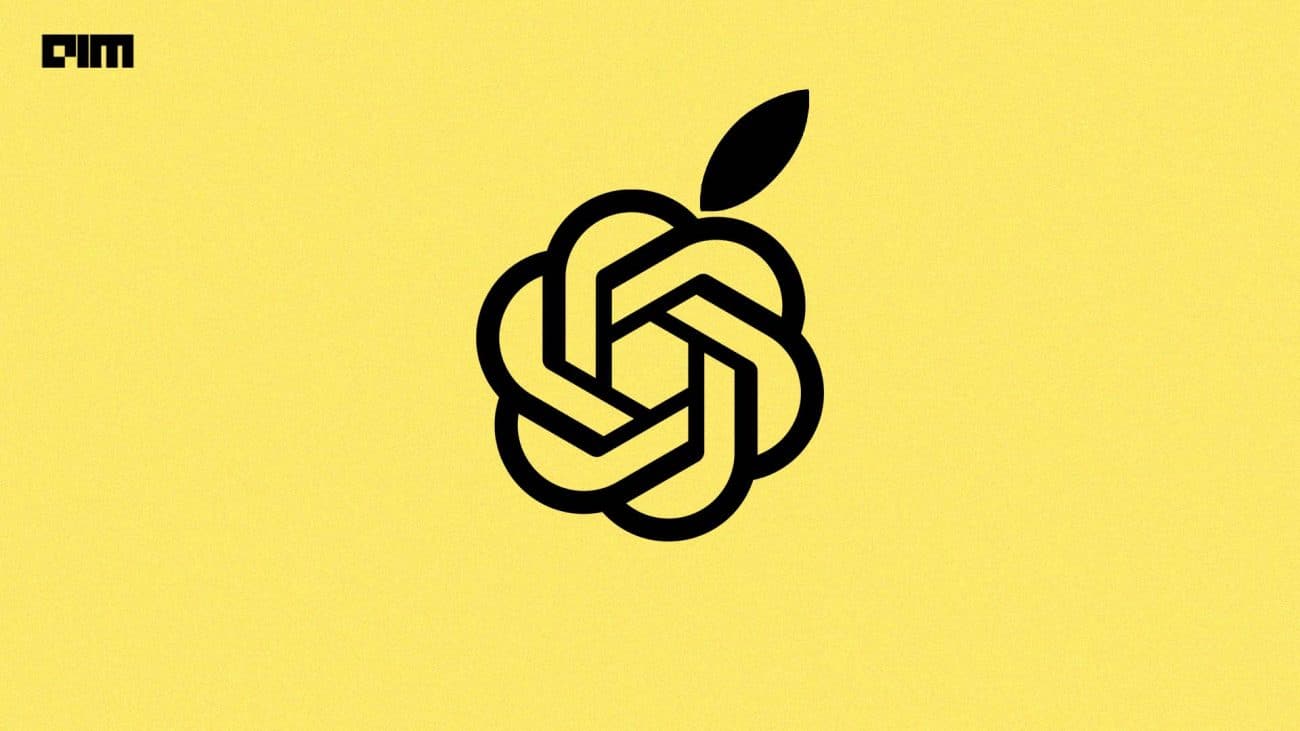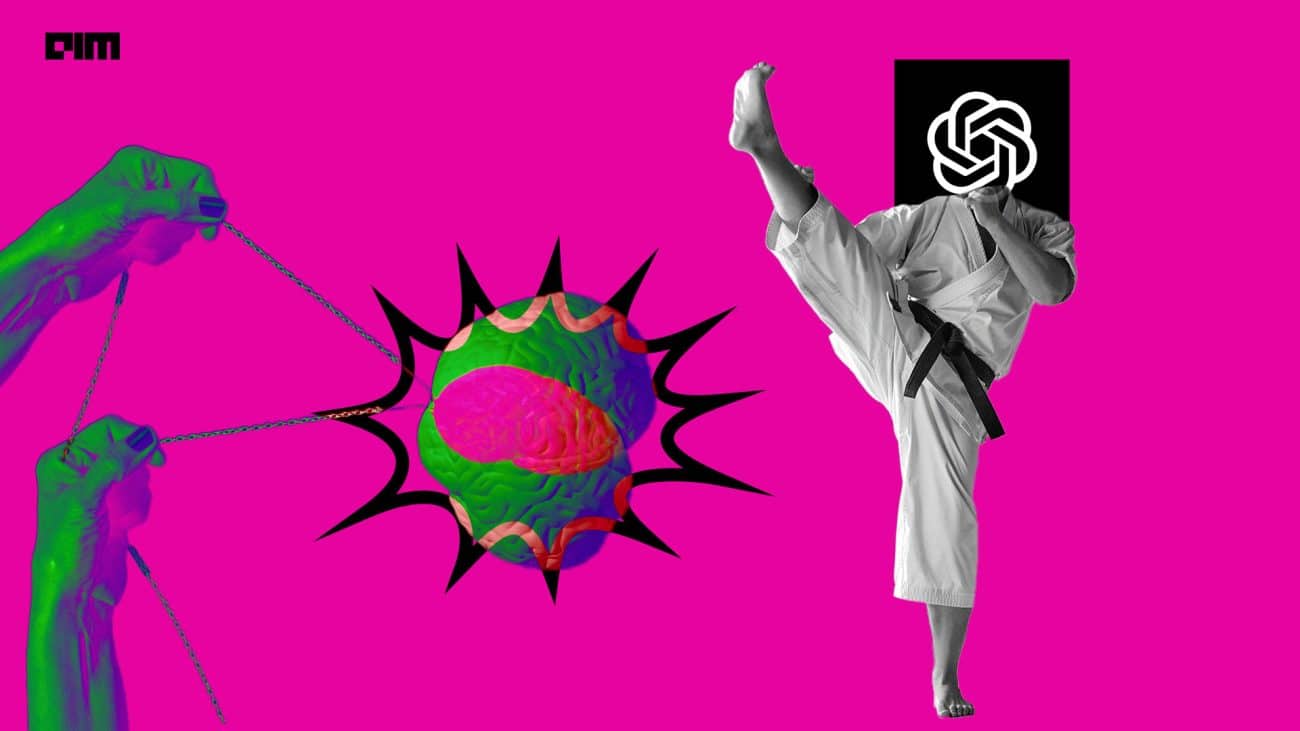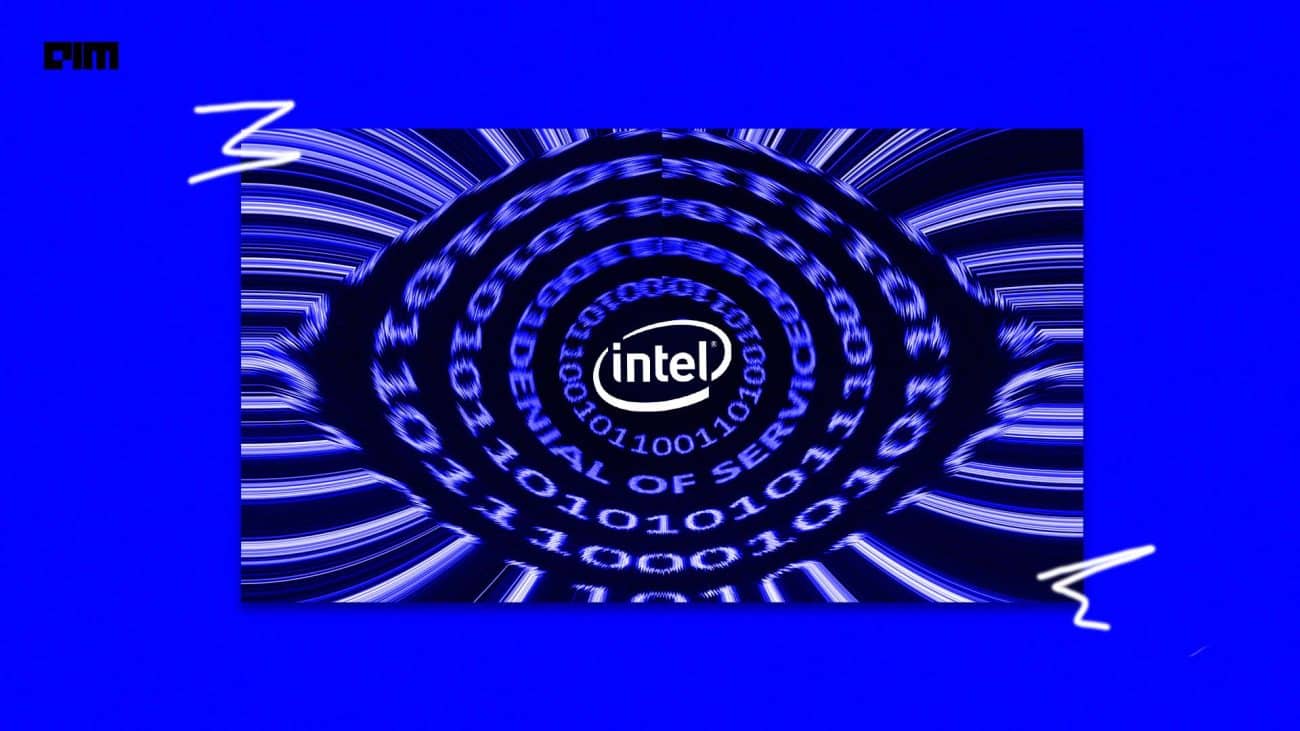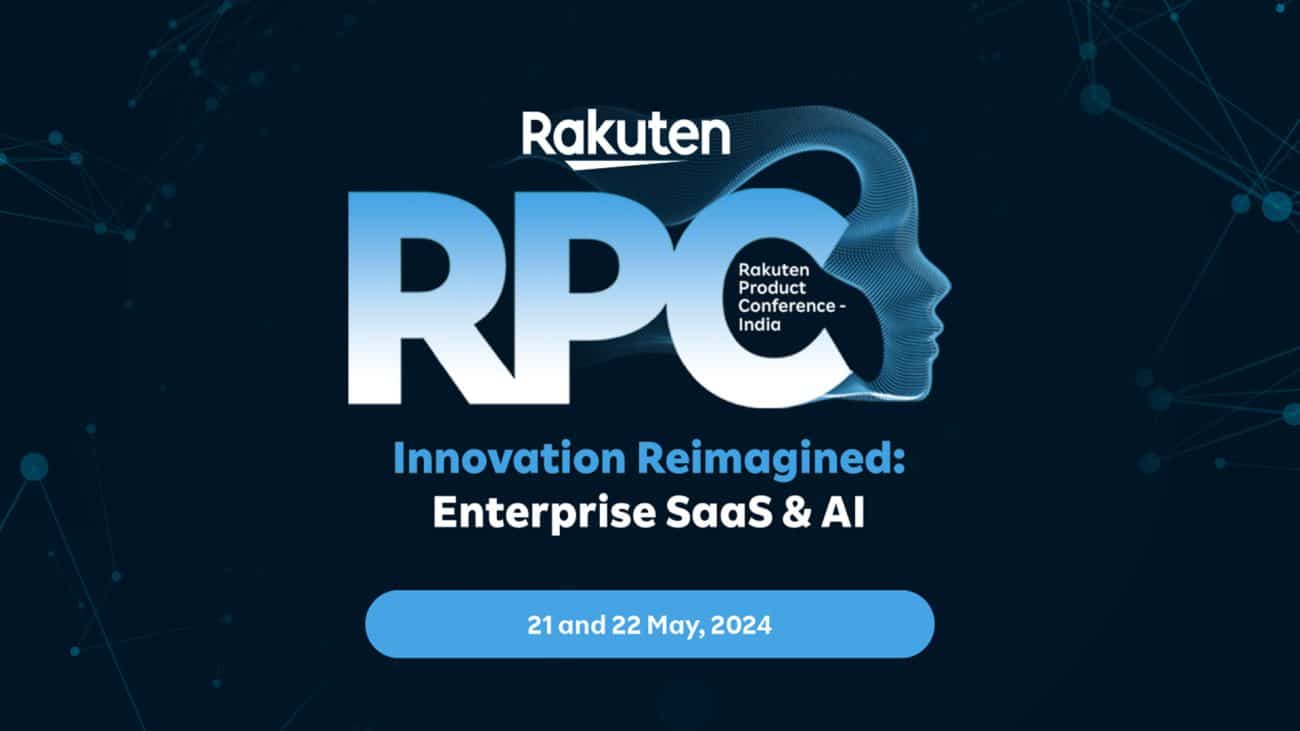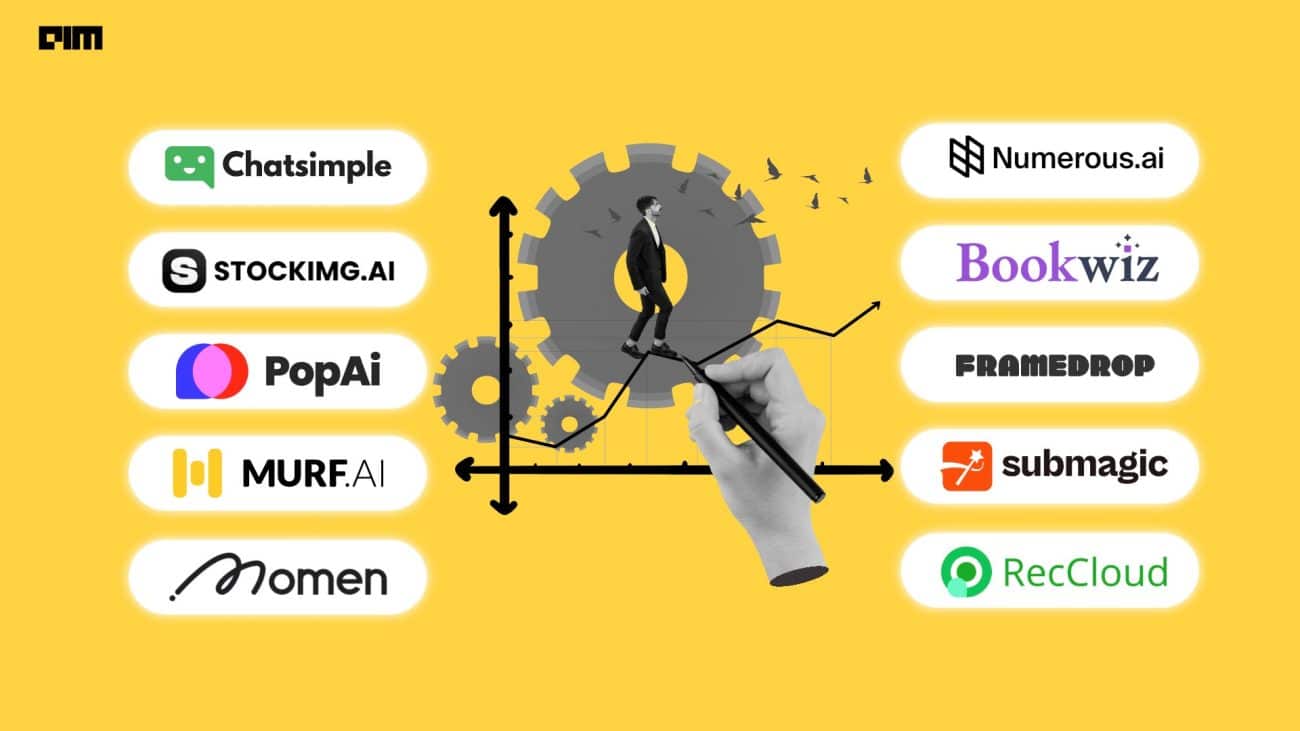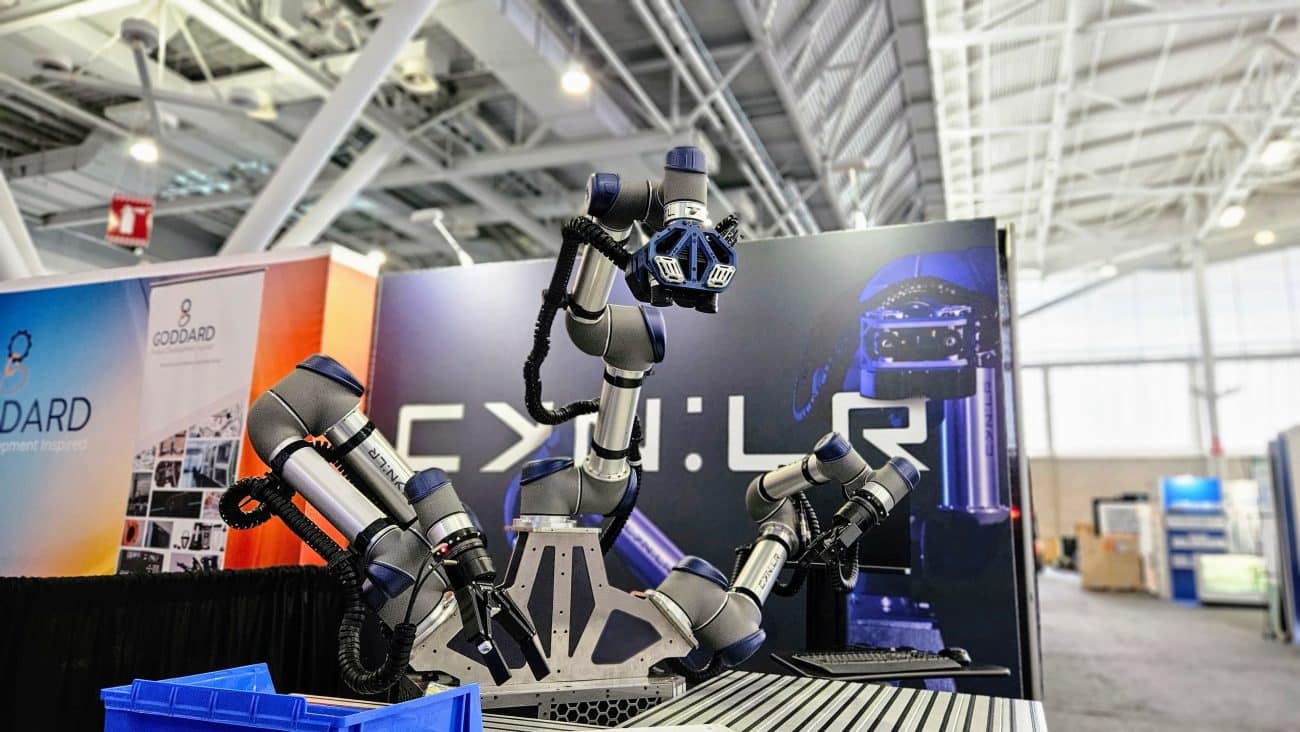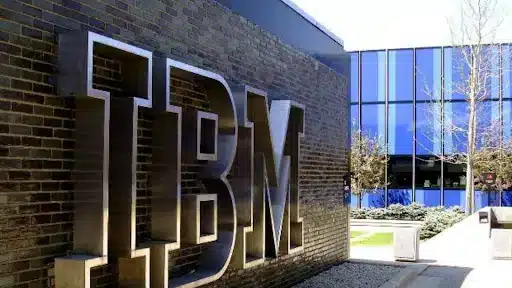
As much as coding is important for building an efficient artificial intelligence and machine learning system, it is equally important to oversee that the algorithms and models are free of any biases. Erroneous assumptions can lead to faulty outcomes and can often land organisations or solutions provider in great trouble.
The situation could arise due to varied reasons, that is, it might be because of the incorrect data or due to bias in data preparation. Since Data Scientists deal with a lot of “maybes” and “maybe nots”, a biased algorithm can very well be the final nail on the coffin for his/her career. Hence, the need for them to proactively look for biases rises every now and then.
In this article, we take a look at the top bias detection tools that Data Scientist can use to remove bias.
What-if Tool: Released by Google in 2018 as part of its People + AI Research Initiative, the tools facilitate exploring of two models’ performance on a dataset. Investigate model performances for a range of features in datasets, optimization strategies, visualizing inference results, arranging data points by similarity and editing data points are some of the unique features of the tool.
Income classification, age prediction, smile detection, text toxicity compare two pre-trained models from Conversational AI that determine sentence toxicity are among the tasks that the tool can perform.
AI Fairness 360: Is a comprehensive open-source toolkit of metrics to check for unwanted bias in datasets and ML models and algorithms to mitigate bias. Released by IBM, the platform contains tutorials on credit scoring, predicting medical expenditures, and can classify face images by gender. As per IBM, it is different from the current open-source tools available as it focuses on bias mitigation and industrial usability.
TCAV: During Google’s I/O conference this year, Sundar Pichai, the Google CEO revealed its new research initiative called the Testing With Concept Activation (TCAV) which is capable of bias detection in ML models. The system can scan through models to identify items which can potentially lead to biases on the basis of race, income, location etc.
“TCAV uses directional derivatives to quantify the degree to which a user-defined concept is important to a classification result–for example, how sensitive a prediction of “zebra” is to the presence of stripes. Using the domain of image classification as a testing ground, we describe how CAVs may be used to explore hypotheses and generate insights for a standard image classification network as well as a medical application,” Google’s research paper highlighted.
Skater: An initiative of Oracle, Skater is a Python library for a complex or black-box model. The tool uses a number of techniques, including partial dependence plots and local interpretable model agnostic explanation (LIME), to clarify the relationship between the data a model receives and the outputs it produces. It is able to detect bias by understanding how a model makes a prediction based on the data it receives. “This process is especially useful in applications such as credit risk modelling, where a data scientist might have to explain why a model denied a customer a credit card,” claims the company.
Audit-AI: Developed by the Data Science team at pymetrics, audit-AI is a Python library built on top of pandas and sklearn and can be implemented in ML algorithms. The tool is capable of measuring and mitigating the effects of discriminatory patterns in training data and the predictions made by machine learning algorithms trained for the purposes of socially sensitive decision processes.





